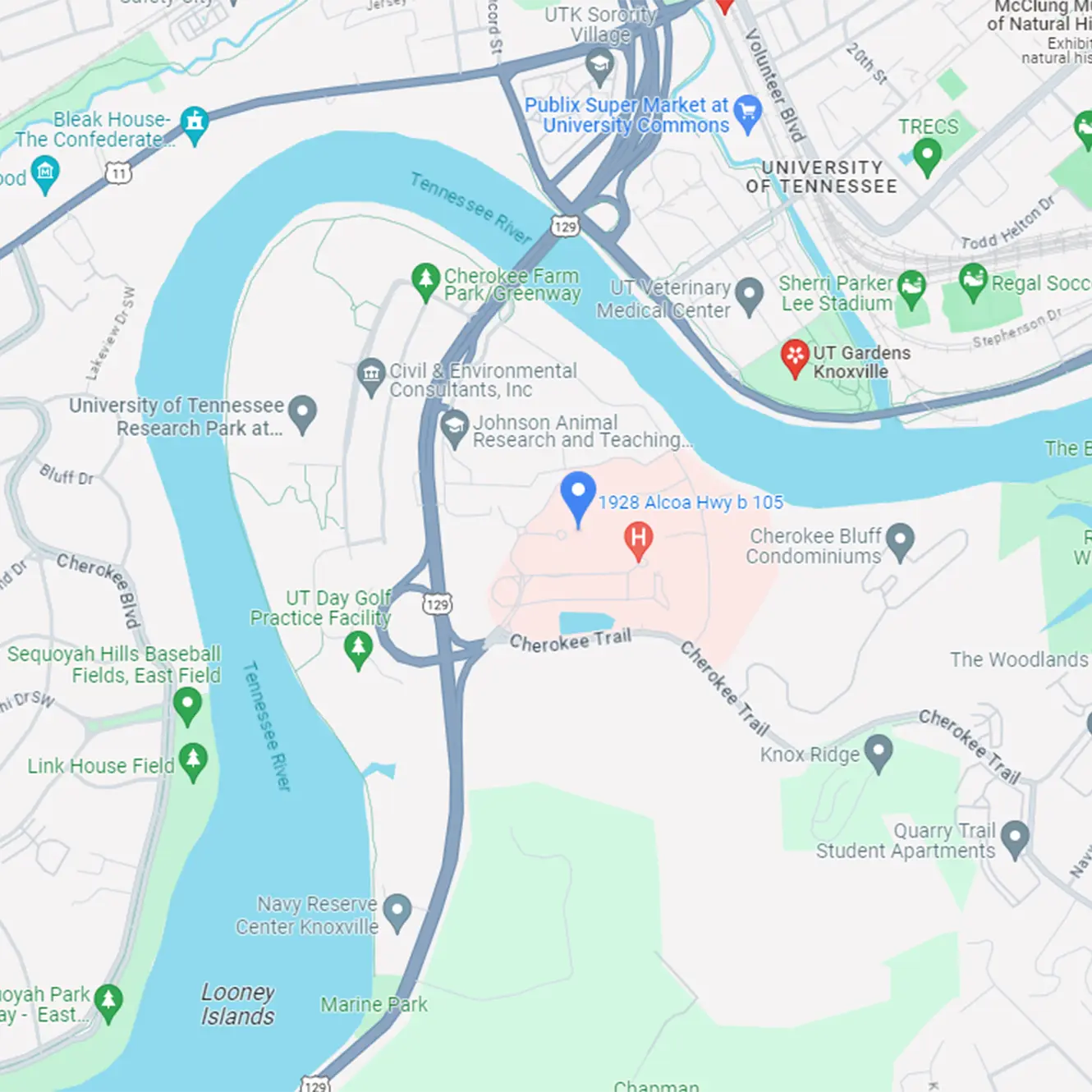A sphincter is a round, smooth muscle at the end of the common bile and pancreatic ducts. When it works right, this muscle relaxes when a person eats to allow bile from the liver and pancreas to flow into the intestines. When the sphincter cannot relax, bile and pancreatic juice cannot flow from liver and pancreas and into the small intestines. This creates a back up of secretions in the ducts, which usually creates abdominal pain.
If the digestive juices back up in the bile ducts from the liver, it is called biliary dysfunction. If the backup is in the pancreas, it is called pancreatitis, where the pancreas becomes inflamed. The cause of the sphincter of Oddi not working correctly is unknown, but 10% – 20% of patients who have had their gallbladder removed (cholecystectomy) will experience this problem.
Signs and Symptoms
The most common symptom is abdominal pain. The pain is usually sharp and located in the upper section of the abdomen. The pain, sometimes with nausea and/or vomiting, may last several hours, and may radiate to the back or shoulder blades. Fever, chills, and having a yellowish color (jaundice) are also symptoms that are not as common. Patients may also have pancreatitis that keeps coming back.
Testing
If your doctor thinks your child may be suffering with this problem, blood will be taken to check the child’s liver and pancreatic enzymes. A more sensitive and useful test called the ERCP (endoscopic retrograde cholangiopancreatography) may be also recommended.
Treatment
The goal for treating the sphincter of Oddi problem is to decrease the abdominal pain. Medicines that help relax the sphincter and stop the spasms may manage the pain. A low fat diet may also be recommended. If these treatments do not stop the abdominal pain, the doctor may recommend surgery. The surgery will cut the sphincter muscle, which will allow it to relax and let the secretions pass through easily.
Our dieticians are available to help with dietary changes. Please call 546-3998 to schedule an appointment.














